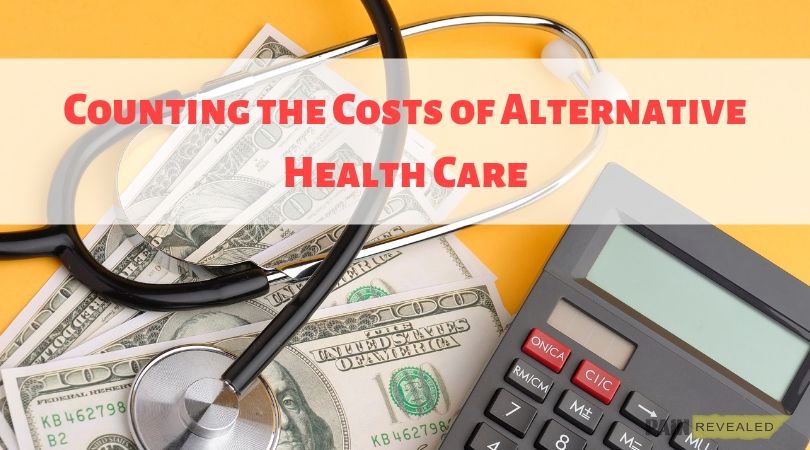Stem cells, chiropractic, acupuncture, oils… the success stories are numerous and compelling. New evidence supports these approaches every day.
But health insurance often does not cover these treatments. It can be discouraging to pay into a health insurance plan month after month, and then dig into your pockets once again to pay for an alternative service.
According to eHealthInsurance, for unsubsidized customers in 2016, “premiums for individual coverage averaged $321 per month while premiums for family plans averaged $833 per month. The average annual deductible for individual plans was $4,358 and the average deductible for family plans was $7,983.”
That’s pretty steep – no wonder people don’t want to shell out more!

Here are some thoughts that may help to offer some perspective:
First of all, you never know when you will need emergency medicine… but you certainly want to be prepared for that possibility. Even the most die-hard adherents to alternative medicine want emergency services in the event of a car accident, heart attack, and a long list of other possibilities that affect thousands each day.
Your insurance expenses could pay for themselves in a pretty short time, considering the costs of emergency rooms, MRIs, ICU, etc.
Next, consider the fact that with ever-increasing co-pays and deductibles, mainstream medicine still adds up to a lot of out-of-pocket expense. If you have ever had surgery, you have probably received a jaw-dropping stack of bills: lab, pharmacy, surgeon, x-ray, hospital – the list goes on and on.
Since you will probably be spending extra money anyway, where do you want that money to go?
It is worth considering that money spent on alternatives health care is money diverted from co-pays and deductibles and, instead, put towards more natural options that could spare you the cost of prescriptions and doctor visits.
In Pain Revealed, we saw again and again how patients were able to avoid costly surgeries and dangerous narcotics by receiving treatments such as stem cells or chiropractic. Acupuncture and essential oils were shown to relieve pain and inflammation, avoiding the long-term damage of cortisone shots or NSAIDs.
Patients told us that they were thankful they had chosen these alternative therapies, and urged others to seek these treatments as well. So if you must pay for one or the other, why not choose the least invasive, most natural option with the fewest side effects?

Taken a step further, is there money you can spend in your day-to-day life on general wellness that can promote your health and avoid the doctor altogether?
Think organics, whole foods over junk food, and herbs and oils for common illnesses. Think high-quality supplements and yoga or other healthful exercise options.
Have you ever considered advocating for alternative health options directly to your insurance company? More and more insurance plans are adding coverage for what was once considered alternative. If insurance companies are hearing from more and more patients, they will reconsider what they offer.
In the end, you may be better off thinking of your health insurance as emergency insurance. You need it to be there in case of a car accident or other unforeseen emergency, but it does not mean that all of your healthcare choices need to fall under the umbrella of mainstream medicine.
While alternative therapies and approaches may appear to involve greater expense to you as a healthcare consumer, when you consider the long-term benefits they can be just as cost-effective and far more health-promoting.

